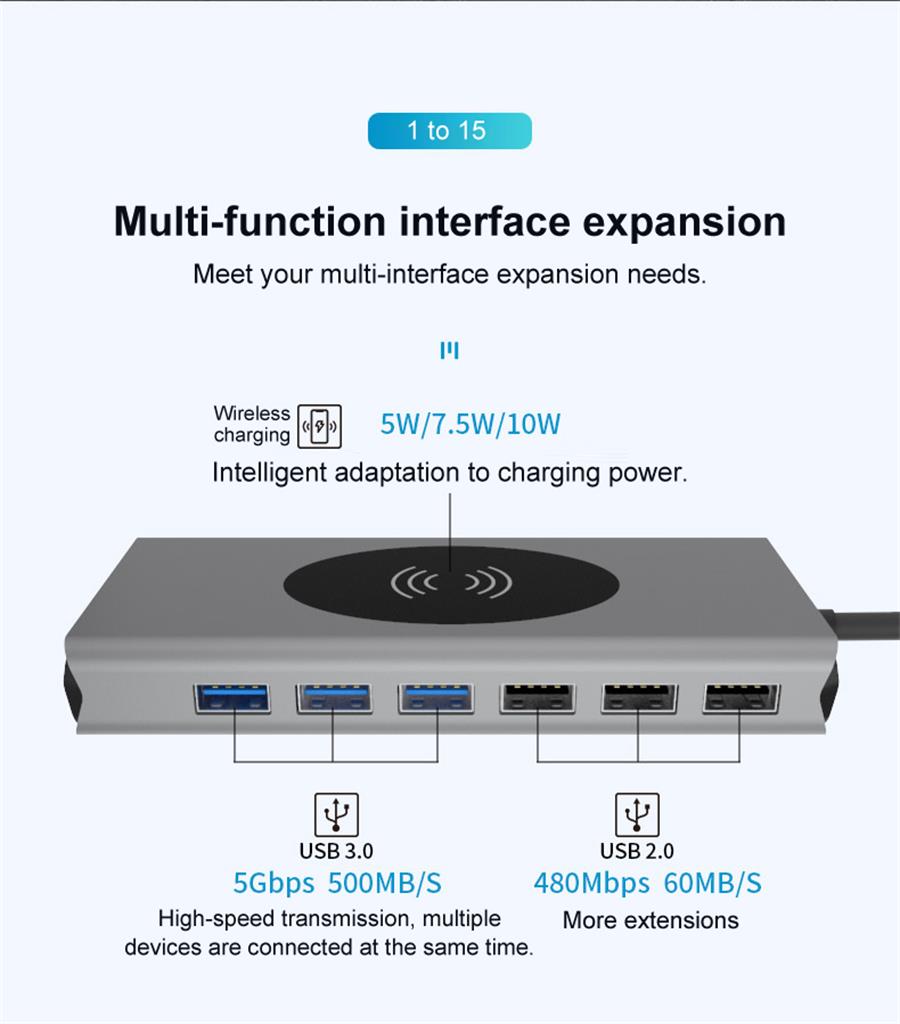Electromechanical switch sensor
The function of the sensor is continuously strengthened, and the application is becoming more and more extensive. The sensor is becoming a substitute for some old electromechanical switch technology.
The use of sensors to detect objects can promote the miniaturization of equipment and achieve intelligence. More and more sensing technologies are emerging, and presence, level, and position sensors are rapidly replacing older electromechanical switches. At the same time, due to the wide range of microprocessor-based control technology in various applications, capacitive, inductive, ultrasonic sensors, optical and Hall sensors have found a wider use in the industrial and consumer markets.
The sensor has the characteristics of miniaturization and simplification, but it also shows a disadvantage in durability in many applications. It is not easy to use the sensor to directly replace the electromechanical switch. A key point of the switch is that it can withstand a higher electrical load than the sensor, which is critical for electromechanical devices with higher inductance or resistance loads. Sensors usually require secondary switching devices such as relays to handle the above types of loads. The switch is usually a two-wire device and does not require external power. The sensor is generally at least a three-wire configuration and needs to be redesigned to replace the switch. In all applications, the switch provides power, and the sensor requires power. Obviously, switches and sensors have their own strengths, so carefully evaluate the specific application to determine who is most suitable.
Touch sensing technology is also gaining popularity. The more common is the touch screen, which provides the operator with a visual interface for direct communication with a large number of devices. The continuous expansion of the application range of various sensors will further stimulate the demand for this technology.
The most important point is that if you want to replace all electromechanical switches with sensors, you also need to consider the cost. The cost of new sensor products has dropped, and users will use more sensors to replace switches. Improved electrical design, replacement of multiple switches with fewer sensors, and increased reliability of sensors in new applications will open new doors for the sensor market.
Information technology has penetrated into all areas of our lives. With the progress of technology, the iteration rate of laptops is getting faster and faster. Previous laptops mainly used E-SATA, FireWire, VGA, DisplayPort, SD card slot, USB A, 3.5mm headphone jack, HDMI or RJ45 ports.But manufacturers began stripping connectors from laptops to make them thinner and lighter. Most new laptops now have a USBC port (Thunderbolt or full-featured USBC) and an audio jack. The laptop is thin, but the missing ports are useless. This is where the USB C Hubs comes in.
Type C Usb Hub can support USB, PD, DisplayPort, Thunderbolt, and other protocols. Using USB HUBS, you can extend multiple common connectors directly to your laptop. Mosses are compact, so you can take them anywhere. All peripheral devices are centrally connected to the hub, which reduces the hassle of plugging in and out of the laptop port and makes your desktop cleaner. Let's take a closer look at its capabilities so you can determine how many ports you need.
So these are all important ports on the hub, with the exception of the 3.5mm audio jack. Also, while aesthetics are not important, choosing a nice hub will make you happier. There are rectangular, square, and circular centers on the market to meet your desk setup needs. Usually, the rectangular type is best for your desk because the cables can be well organized if all the ports are on one side of the center.

Usb C Hubs,4 Port Usb C Hub,Usb C Multiport Hub,Usb Hub With Hdmi Port
Henan Yijiao Trading Co., Ltd , https://www.yjusbcable.com
